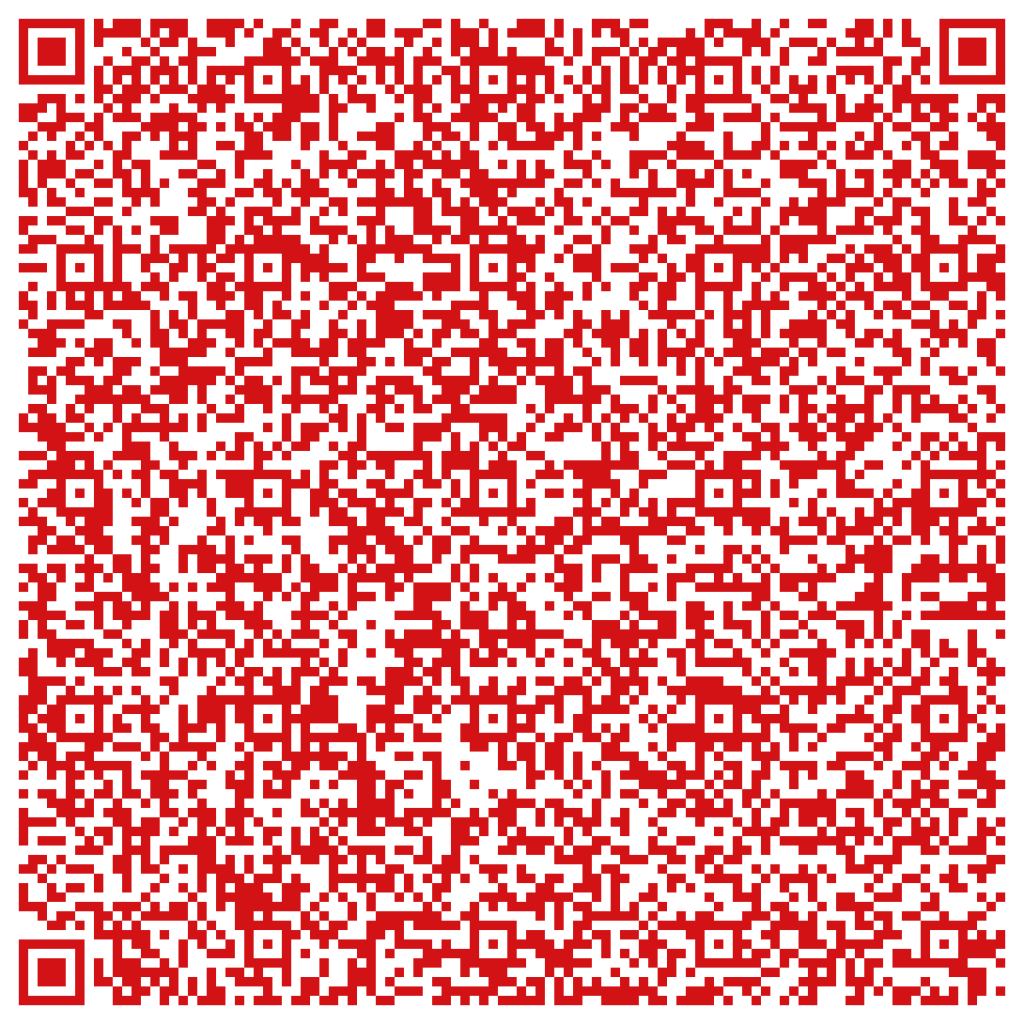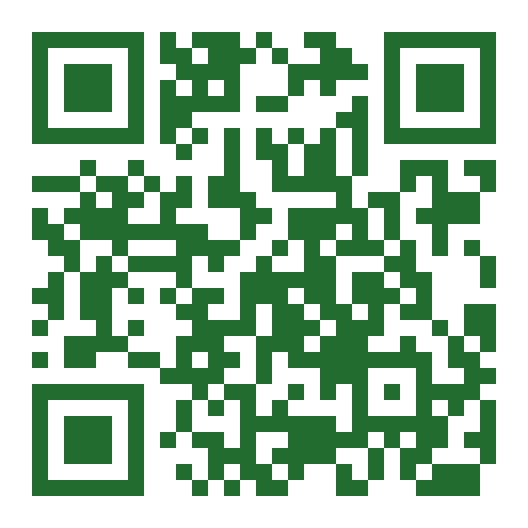It has been recognised for some time now that using QR codes can really support learning but what can you do?
Well the fact that devices often used in schools such as the iPad have a camera built in makes it super-handy for working in the classroom with QR codes, but how can they be used to support learning, what methods can you employ in order to create them and then share them?
A QR code (or Quick Response code) is like a bar code, in that it can be scanned with a reader and it will present some information based upon what is held within the code. In the case of a bar code it is normally a number which corresponds with a product or ISBN number or similar. In the case of a QR code, different types of information can be held within them:
- URL (website address)
- Email address
- Phone number
- Text
- vCard
- SMS
- YouTube clip
- Facebook profile
- Wi-Fi details
- Twitter profile
- Map coordinate
Now the idea is that you have an app that will create the code and the information is held within it.
One of my favourite QR code creation tools is one called QRReader. Not only does it read QR codes, but it stores the ones you’ve read in your history and enables you to create all of the types listed above, and more. Download it here for free: http://itunes.apple.com/gb/app/qr-reader-for-iphone/id368494609?mt=8
Here is an example of a text QR code:
If you scan it, you can see that it includes a fair amount of text.
“Once upon a time there was a young boy named Oscar who had lots of friends. These friends were called Thomas, Percy, Gordon, Toby, Harold, Jack but his best friend of all was called Dougie. He also happened to be Oscar’s little brother. One day Dougie decided to watch Winnie the Pooh. It was his favourite film and so he called to Oscar to see if he wanted to watch it with him. He did. Ahhhhhh.”
Imagine if that text contained quotes for students to analyse, or a written evaluation of a piece of work or a comment made by another student on that piece of work. The text option is really useful.
Now imagine if a QR code was next to a piece of Art work displayed around the school (because the school recognises the value of displaying work everywhere around the school (if you don’t have that at your school, be inspired by Pete Jones’ (@Pekabelo) enthusiasm in his great post here: http://deeplearning.edublogs.org/2012/07/25/judging-a-book-by-its-cover-ideas-and-thoughts-on-how-learning-is-displayed-in-schools/) and it was this code:
The fact that the QR code is there, next to the work, takes the work to the next level. It brings it alive for the audience viewing it there on the wall. Students (or staff) can just scan the QR code and listen to the student reflect upon how they came to create that piece of work. It doesn’t have to be Art work either, it could be a poem, a particularly noteworthy calculation and a detailed explanation of how it was calculated; it could be a section of code written in a Computing lesson where the student explains how the various elements of code come together…
Remember though, the QR code can link to any online content, so with that in mind; any app that you use on your iPad which can create online content, can in turn then be turned in to a QR code which can support displayed work, be inserted in to work to take it to another level, so forth and so on.
Flip it around and you’re the teacher (of course you are) – it could be a link to the rubric you’re using with your class to reflect upon their work – you’ve got it stored in Dropbox, wondering how to share it with the students…. Simply get the share link for the document, embed it in a QR code, share that with the students on your lesson resource/wall display/wherever… students scan it and they instantly access that resource, or the YouTube video you wanted them to view or the blog you want them to comment on or the….. you get the idea.
I’ve been thinking a lot about SOLO recently too and so I’ve created a presentation / wall display template for lessons where SOLO and SOLO stations (via Tait Coles @totallywired77) can be used – I thought, if all students are using iPads, I can simply get students to access the resources for each station (SOLO level) electronically; by scanning the QR codes on the relevant slide. The various slides on the presentation are broken down in to the different SOLO levels and then the slides can be populated with various pieces of information/resources linked to each of the SOLO levels via a QR code. Each slide too also has a QR code on it linking to a SoundCloud soundbyte explaining what each SOLO level means and what it might look like for them as learners progressing through the lesson.
Check my presentation here: http://db.tt/Wedd4mih
Other ways to use QR codes might be through a revision bookmark, a revision wall display, a bookshelf wall display with QR codes next to the books which could link to reviews, key learning opportunities, other content related to those books. You could create lots of different accessible resources. It’s a really useful and helpful way to both curate and disseminate information, links and learning opportunities.
For more ideas on how you can use QR codes in your lessons to support learning, check Tom Barrett’s ‘Interesting Ways to Use QR Codes’ crowd sourced document here.
Can you think of some more ideas to add to the list? Can you think of some more ideas from those different types of QR code listed at the top? Please let me know if you do!

















I teach kindergarten and I’m very interested in many aspects of QR codes. Like you I can think of lots of ways to use them with our iPads in many areas of our learning. I’m curious to see if there is a way to create a QR code that my students can scan and it take them right to the iPad app that I want them to work on at a particular station. Is there a number attached to apps??????? Our school blocks youtube so I’m trying it out now to see if I can upload it to another program to bypass youtube all together. I saved a youtube video in my dropbox and it worked here at my house. Any other suggestions please pass them along. 🙂
Thanks,
Tammy Davis
Hi Tammy
Does Vimeo work in your school? It’s a similar service to Youtube but tends to attract more of the quality screencasts and videos rather than some of the less desirable stuff found on YouTube. Would that be of any use?
Thanks for commenting too 🙂
Mark
Damn this is mindblowing! I never thought of using QR codes for education at all! I can now imagine stuff like having QR code treasure hunts for learning journeys etc. Great post!
Very informative article about the use of QR codes to support learning in class rooms. It offers multiple uses on varied platforms and that’s the best part about OR codes
Thanks for sharing these. We’ll be starting 1:1 in a month, and using QR codes will most likely play a huge role in sharing and connecting kids to resources.
Great News! Let me know how you get on. Where is it happening?
In our dept we use QR codes as support and extension.
Each table have a laminated word document with various QR codes with direct links to various grammar points, verb conjugators. If students need further extension or support they can click when the need arises.
That’s a brilliant example! Thank you for sharing. Would love to develop this post with that example. Have you got a photo? Would fully credit you of course!
Mark